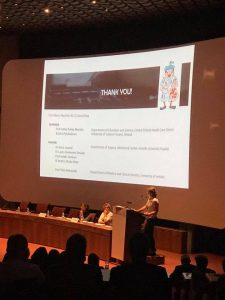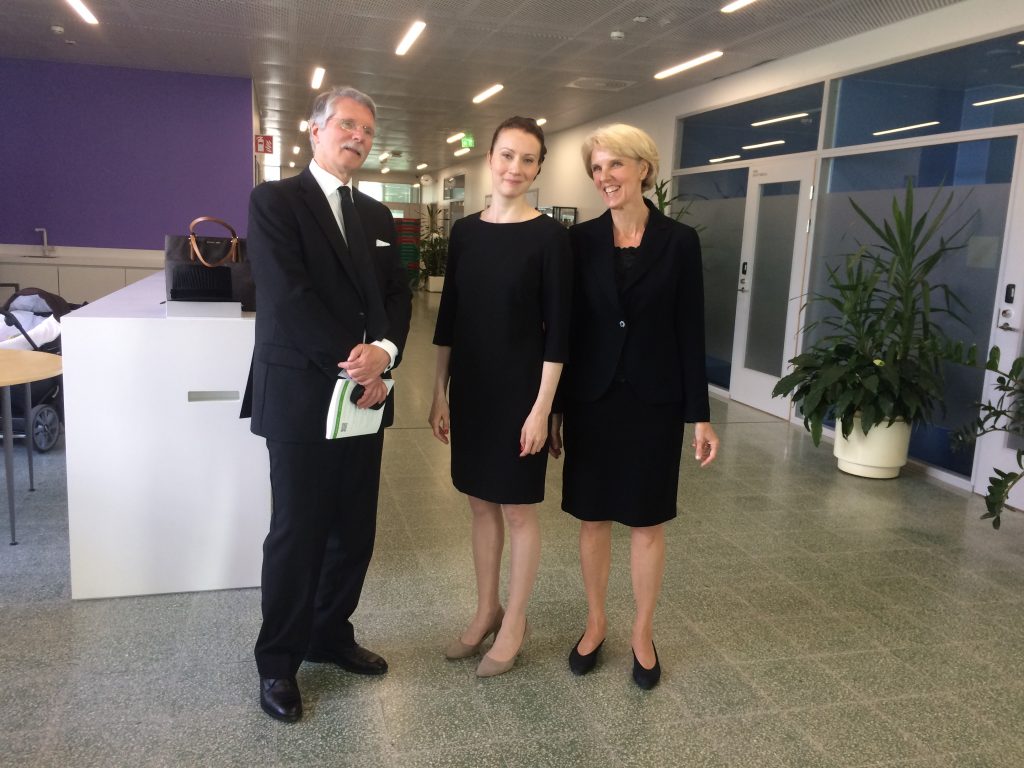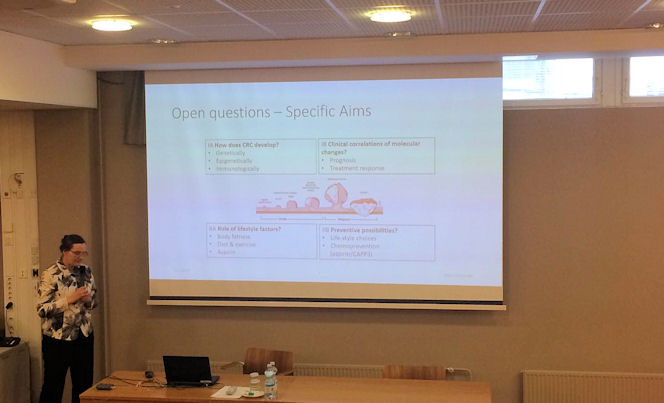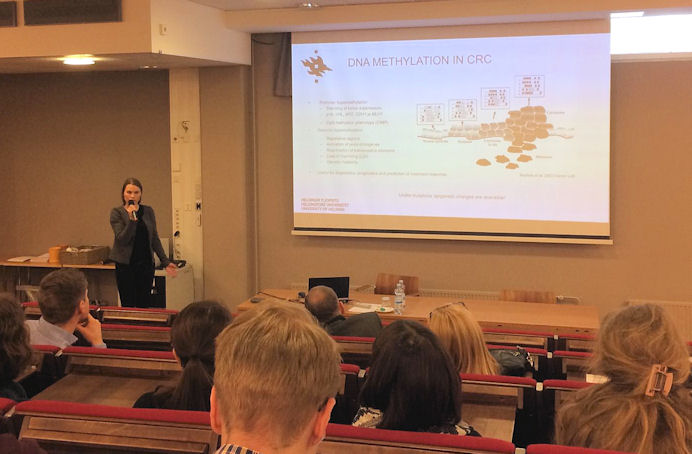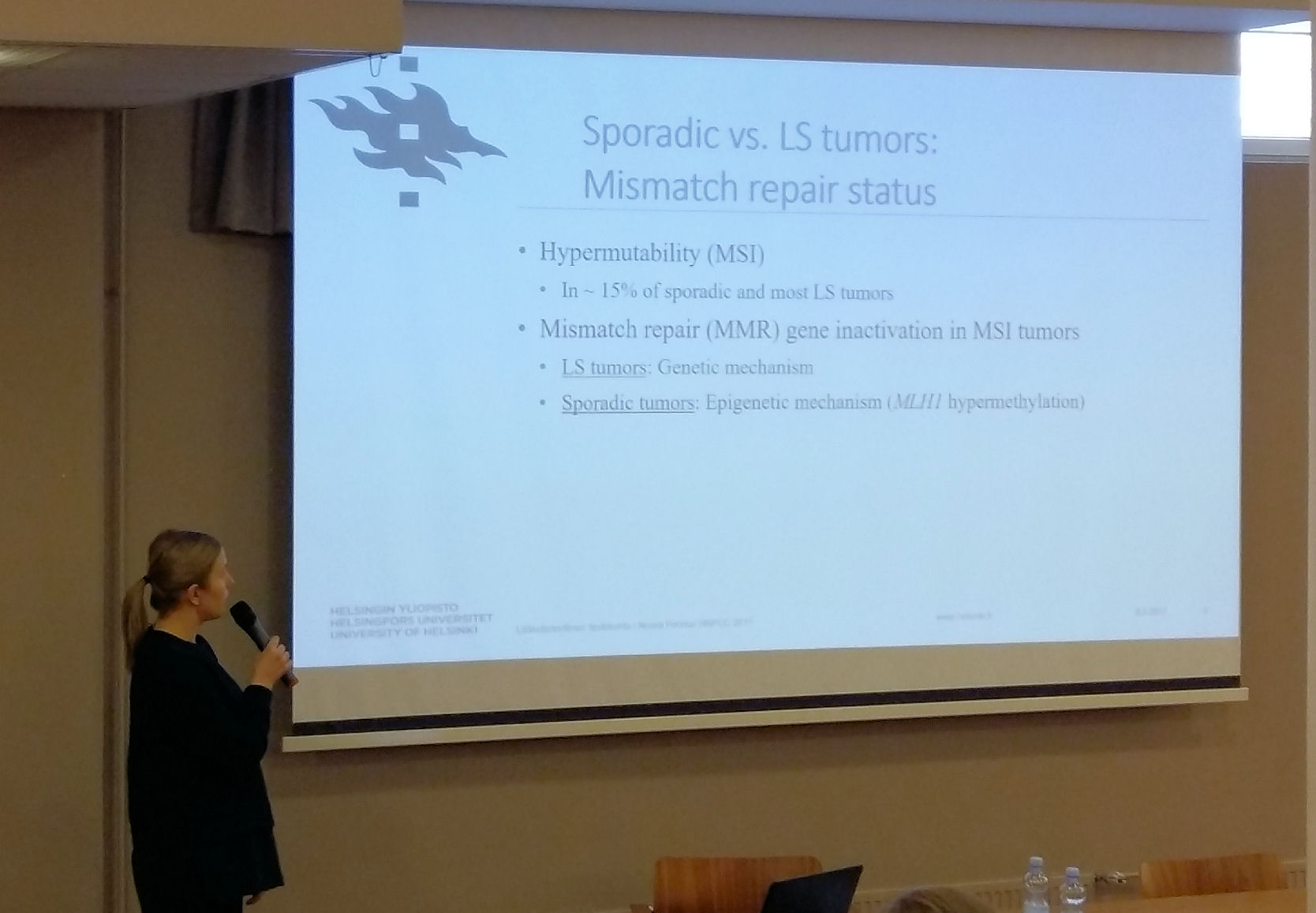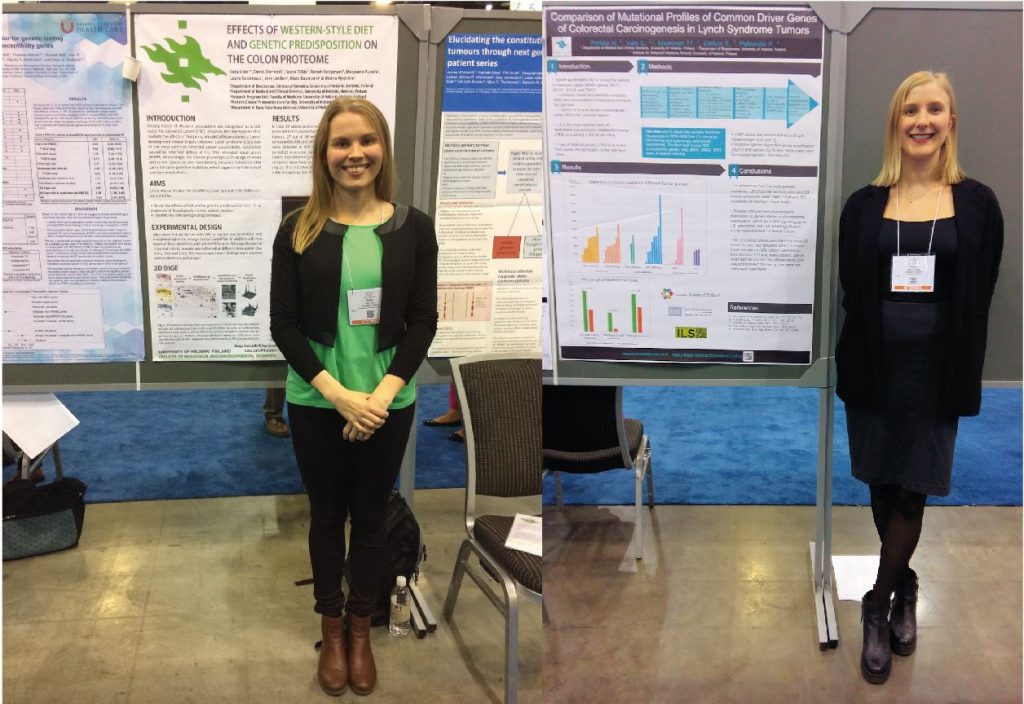Tricarico R, Kasela M, Mareni C, Thompson BA, Drouet A, Staderini L, Gorelli G, Crucianelli F, Ingrosso V, Kantelinen J, Papi L, De Angioletti M, Berardi M, Gaildrat P, Soukarieh O, Turchetti D, Martins A, Spurdle AB, Nyström M, Genuardi; InSiGHT Variant Interpretation Committee.
Pathogenicity assessment of DNA variants in disease genes to explain their clinical consequences is an integral component of diagnostic molecular testing. The International Society for Gastrointestinal Hereditary Tumors (InSiGHT) has developed specific criteria for the interpretation of mismatch repair (MMR) gene variants. Here, we performed a systematic investigation of 24 MLH1 and MSH2 variants. The assessments were done by analyzing population frequency, segregation, tumor molecular characteristics, RNA effects, protein expression levels, and in vitro MMR activity. Classifications were confirmed for 15 variants and changed for three, and for the first time determined for six novel variants. Overall, based on our results, we propose the introduction of some refinements to the InSiGHT classification rules. The proposed changes have the advantage of homogenizing the InSIGHT interpretation criteria with those set out by the Evidence-based Network for the Interpretation of Germline Mutant Alleles (ENIGMA) consortium for the BRCA1/BRCA2 genes. We also observed that the addition of only few clinical data was sufficient to obtain a more stable classification for variants considered as “likely pathogenic” or “likely nonpathogenic.” This shows the importance of obtaining as many as possible points of evidence for variant interpretation, especially from the clinical setting.
Hum Mutat. 2016

